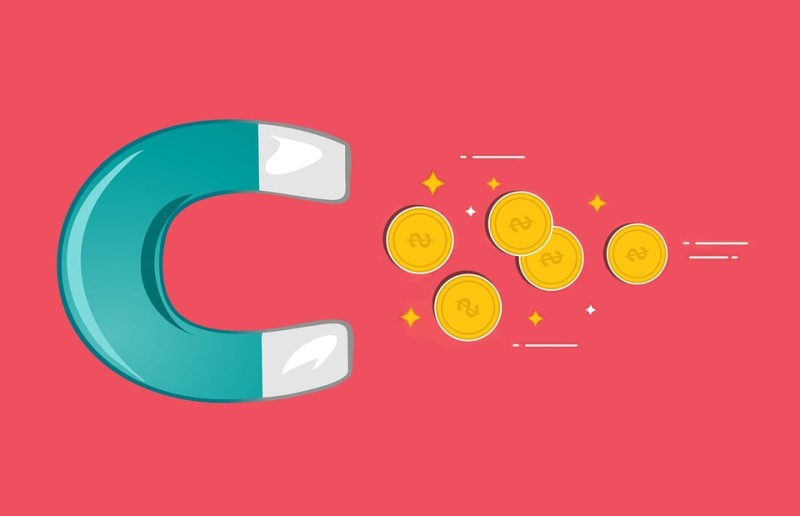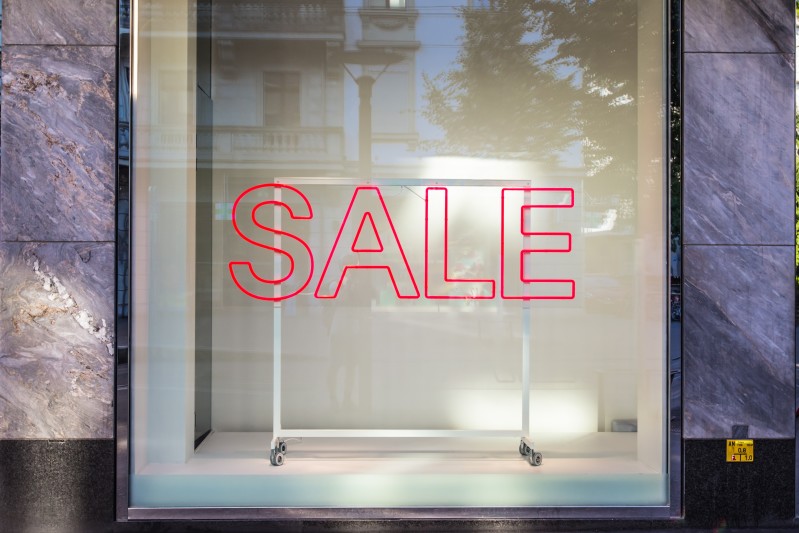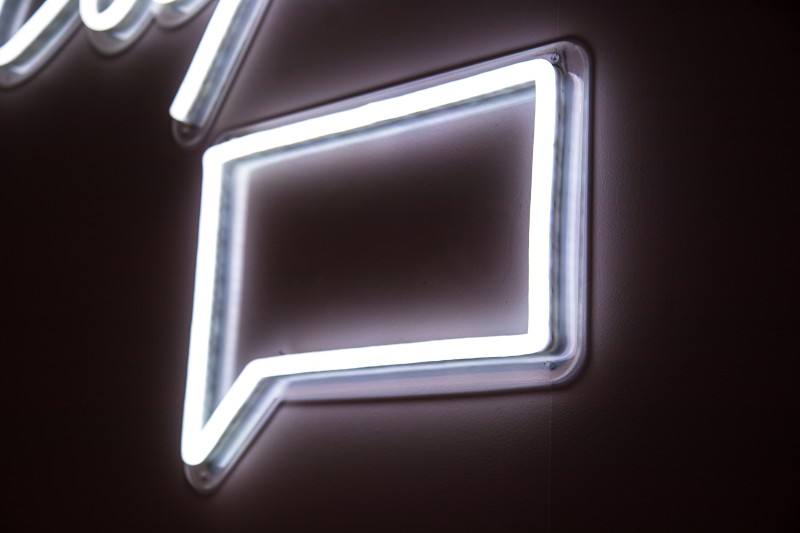
It’s easier to keep an old customer than win a new one.
It’s more profitable too.
In fact, attracting a new customer is five times more costly than retaining one you already have.
Why?
Because people already using your product are easier to sell to.
With existing customers, there’s a 60-70 percent chance you’ll convince them to buy again. With new prospects, the likelihood of conversion drops to between five and twenty percent.
That makes retention a crucial metric for long-term success.
No matter how good you are at driving trials and downloads, with so many free and ad-supported alternatives out there, it isn’t enough to create great products and release them into the wild.
You need to create loyal customers.
So... how do you bake loyalty into a product?
Put simply: adopting a retention mindset from the start of development and understanding exactly why customers who keep coming back are crucial to sustaining success.
Why customer loyalty is so important
According to Bain and Co., a five percent rise in retention can boost a company’s profitability by a whopping 75 percent.
Loyal customers also tend to be more engaged, enabling product teams to design and expand functionality in a more meaningful way.
Instead of trial and error experiments, repeat usage data from loyal customers will be much more indicative of the things users really value.
That helps product managers focus on features and capabilities more likely to deepen engagement — driving even more loyalty while raising the cost of switching for users.
It’s a win-win.
And repeat customers can be an accelerator for positive reviews, recommendations, and word-of-mouth. Instead of gathering unconvincing 3.5-star reviews, loyal users are the ones most likely to sing your praises loudly — and boost your product’s net promoter score.
Loyalty matters:
The top 10 percent of your customer base spends three times more than your average customer.
The lifetime value of customers with an emotional connection to a product is four times higher than the average customer.
Nearly half of customers will drop a brand entirely after a bad experience.
How to build retention into your products

1. Establish loyalty programs
Rewarding people for repeat business is a time-honored tactic for encouraging more of the same, which is why loyalty programs continue to flourish.
They’re a great way to increase the value of dedicated customers.
The mobile gaming industry is probably the best demonstration of how much incentives matter to users.
Gaming apps have become a genius at designing points, prizes, and rewards to get users to come back again and again.
But even if leader boards and competitions don’t fit your product, it can still benefit from rewarding frequent users.
If you manage an e-commerce app, then offering points for repeat purchases will sit more naturally with your overall offer.
For other apps, it might make more sense to focus on discounts and promo codes or referral programs where both sender and receiver get an immediate benefit.

For the highest value/most frequent users, you might consider creating a members club.
Established brands like Amazon can get away with charging a fee for premium membership, but in most product management scenarios, it makes more sense to take the long view and reward repeat users for free.
Paid or free, loyalty programs succeed when they effectively leverage the psychology of motivation.
In a company-customer relationship, motivation centers around the company’s ability to deliver on the promises they’ve made to customers.
Offering something as simple as points redeemable for bonuses and future purchases constitutes a promise for your product to fulfill.
When you then demonstrate that you’re as good as your word, it starts a virtuous cycle and creates the basis for an extended relationship.
Loyalty programs can also provide positive reinforcement for certain behaviors.
If a user is rewarded for multiple purchases or other types of engagement with a product, they’re more likely to enjoy the experience and repeat those actions.
But — as anyone who’s tried to buy a present for someone they don’t know intimately can tell you: gifting can be tricky.
The rewards you offer need to be meaningful to the customer. You also have to have an uncomplicated redemption system in place and make it simple for them to cash in.
And as with any significant product management activity, it's crucial to have clear objectives at the outset and establish what your loyalty program’s success metrics will be. That way, you can see clearly if it’s working or needs refining. 2. Create products that stick

When customers recognize the personal value in a product, they’re much more likely to use it frequently. Creating a 'sticky’ product experience buys you more time to win over and retain new users — adding to your list of fans, boosting retention, and increasing recurring revenue.
By their definition, sticky product experiences generate repeat usage, yet stickiness doesn’t always get the attention it deserves. Product teams are often so laser-focused on creating an MVP that will encourage downloads and trials, user experiences that could generate a deeper appreciation for the product get set aside for later.
As part of the retention mindset, PMs need to build stickiness into their roadmaps early and make their product’s bespoke value to the user more visible, right from the get-go.
Telling customers how much money they’re making, how much money they’re saving, or updating them on the progress they’ve made toward a goal, are all great ways to demonstrate why they should use the product more.
They can also prompt customers to spread the word about your product’s merits.
Setting discussions about stickiness aside for later might get you to market more quickly. But if the user experience from day one doesn’t leave customers hungry for more, failure can also come faster.
3. Embrace the power of the nudge
Unless you’re developing something utterly groundbreaking and entirely new (and probably even then), your product is competing against a host of alternatives for user attention and spend.
When you’re trying to break into someone’s established habits and brand preferences, repeat usage must be incentivized.
Even if a customer signs up for a trial or says yes to an initial monthly fee, there’s no guarantee they’ll stay the course. But thanks to emails, push messages, and notifications, product managers have the power to proactively nudge new users, gently prodding them to take actions that will make the product’s deeper value more visible.

Notifications can spark repeat usage, raise awareness of features, and bring users back to apps when they’ve gone quiet.
In-app messages are particularly effective, pumping up user engagement by a factor of four. Combined with push notifications, they can increase engagement rates by 30 to 40 percent.
How frequently you nudge a customer should be driven by data and designed with care. Notifications should be triggered by behavior and in the context of preferences demonstrated by the user.
That’s where the line is drawn between useful and appreciated or distracting and annoying.
If the nudge doesn’t have an explicit purpose — like promoting your loyalty program with a sign-up bonus once a sales or activity threshold has been reached — don’t bother.
Customers hold all the cards
Product managers operate in a world where free trials, monthly renewals, and advertising-supported products are the norm.
Customers are spoiled for choice in most categories, and when the switching cost is little more than the time it takes to click an alternative app download, users can be as fickle as they like.
You simply need to work harder if you’re going to convince them to stick around.
That makes retention and loyalty essential considerations with a place on product roadmaps even in the early stages of development and planning. Given so much choice and so little incentive to stay if they’re not completely satisfied with an experience, users hold all the cards.
The onus is now on product teams to think hard about retention from the outset, designing experiences users will want to replicate, and promoting benefits, they’ll want to receive over and over again.

Andrei Tiburca

Read also

Create effective product strategy

Experience the new way of doing product management







